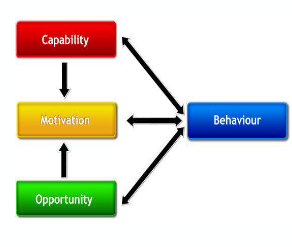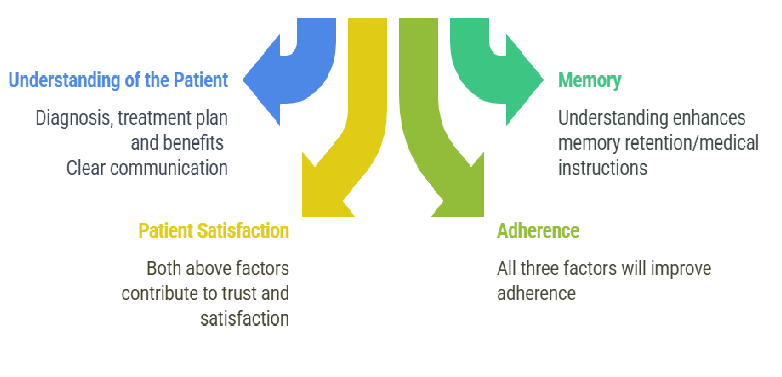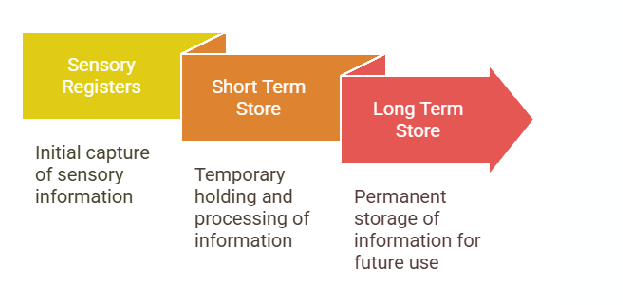Medical Adherence
1/27
There's no tags or description
Looks like no tags are added yet.
Name | Mastery | Learn | Test | Matching | Spaced |
|---|
No study sessions yet.
28 Terms
what is adherence?
Following the advice of health-care professionals (e.g., taking preventive actions, screening, follow-up, taking medication)
what is non-adherence?
Non-adherence is usually defined as a failure to follow advice, which will lead to harmful effect on health or a decrease in medication effectiveness
Medication non-adherence is often defined as taking less than 80% of prescribed doses
how is adherence measured?
patient’s own self-report, pill counts, analysis of blood or urine
what is the COM-B model?
Capability
– Physical and psychological capability: knowledge, skill, strength, stamina
Motivation
– Reflective and automatic motivation: plans, evaluations, desires and impulses
Opportunities
– Physical and social opportunity: time, resources, cues/prompts

how is attitude important for the COM-B model?
Towards a behaviour, which is composed of either a positive or negative evaluation of a particular behaviour and beliefs about the outcome of the behaviour
what is subjective norm in COM-B model?
which is composed of the perception of social norms and pressures to perform a behaviour and an evaluation of whether the individual is motivated to comply with this pressure
what is perceived behavioural control in the COM-B model?
Which is composed of a belief that the individual can carry out a particular behaviour based upon a consideration of internal control factors and external control factors
what is Ley’s model of compliance?

what is Atkinson’s and Shiffrin’s modal model?

what is equality in public health?
Promotes fairness and justice by giving everyone the same thing
what is equity in public health?
The absence of avoidable or remediable differences among groups of people, whether those groups are defined socially, economically, demographically, or geographically.
what is inequality in health?
Defined by WHO as all types of health variation but generally used in UK and
literature to refer exclusively to variations that are avoidable and “unfair
what are the main measures of health inequality?
Infant mortality statistics
Mortality statistics
Morbidity statistics – including chronic disease management
Life expectancy at birth
what are the 3 main causes of health inequalities?
Health services
Wider determinants of health
Life choices
what is the inverse care law?
states that the availability of good medical care tends to vary inversely with the need for it in the population served
what is primary prevention?
Begins with recognition that the occurrence of common diseases and exposures reflects the behaviour and circumstances of society as a whole
what are the strengths of primary prevention?
Equitable
Can be cost effective in terms of identification
Large potential for population benefit
what are the weaknesses of primary prevention?
Small perceived risk of dx and small benefit to individual may result in poor motivation
Poor motivation leads to poor coverage
Benefit: Risk may be questionable
what is secondary prevention?
Identifying those in special need “targeted rescue operation” (Rose), then controlling exposure
what are the strengths of secondary prevention?
Effective
Efficient (cost-effective use of limited resources) Benefit : risk ratio is favourable
Appropriate to individual
Easy to evaluate
what are weaknesses of secondary prevention?
Palliative and temporary (misses a large amount of disease)
Risk prediction – not accurate
Difficulty and costs of screening
Hard to change individual behaviours
what is efficacy in pharmacology?
How well a drug/ vaccine/ intervention works in a controlled environment, when used exactly as indicated
what is effectiveness in pharmacology?
How well a drug/ vaccine/ intervention works in real life. This will be influenced by how well the schedule is adhered to, whether patients persist with medication, extraneous factors such as diet etc
what is smallpox?
Devastating disease, caused by the variola virus.
Spread by droplet infection during close contact with symptomatic individuals.
Incubation Period: 7-19 days
Initial Symptoms: 2-4 days
what are the symptoms of smallpox?
Early Rash Phase: About 4 days
Rash starts in the mouth, spreads to the skin
Pustular Rash and Scabs: About 10 days
Sores turn into large, raised pustules, and then scab over
Scabs Fall Off: About 6 days
what is medicalisation of society?
How non-medical problem becomes defined as medical, usually in terms of illness and disorders
The process by which health or behaviour conditions come to be defined and treated as medical issues
The process by which certain events or characteristics of everyday life become medical issues, and thus come within the purview of doctors and other health professionals to engage with, study, and treat
what are examples of medicalisation?
Obesity
• Menopause / Andropause
• Alcoholism
• Attention deficit hyperactivity disorder (ADHD)
• Learning disabilities
• Anxiety (e.g., social anxiety disorder)
• Childbirth / Infertility
• Erectile Dysfunction (ED)
what is pharmaceuticalisation?
The process by which social, behavioural or bodily conditions are treated, or
deemed to be in need of treatment/intervention, with pharmaceuticals by
doctors, patients, or both